Perio Other – Periodontal Pocket
The terms periodontal and gingival pocket are used interchangeably to describe an abnormal depth of the gingival sulcus where the gingival tissue connects with the tooth.
Tooth Gingival Interface
The area between a tooth and the surrounding gingival tissue is a dynamic structure. The gingival tissues form a crevice surrounding the tooth which can be described as a fluid-filled moat, where food debris, cells and chemicals freely float. The depth of this crevice, or the sulcus, changes based on microbial invasion and the following immune response. The epithelial attachment, located at the depth of the sulcus, includes about 1 mm of junctional epithelium and an additional 1 mm of gingival fiber attachment. This makes up the 2 mm of biologic width naturally found within the oral cavity. The sulcus is the area which separates the surrounding epithelium from the surface of the tooth.
Gingival Pocket
A gingival pocket exists when the marginal gingiva experiences an edematous reaction. This reaction may be caused by a localized irritation, inflammation, systemic issues or drug induced gingival hyperplasia. In the event of gingival hyperplasia, periodontal probing measurements can be taken and give the illusion that periodontal pockets exists. This phenomenon is sometimes called a false pocket or a pseudopocket. While the epithelial attachment does not migrate, it remains at the same attachment level found in pre-pathological health. The gingival margin is the only anatomical landmark that experiences a migration.
In a gingival pocket, there is no destruction of the connective tissue fibers or the alveolar bone. This early sign of disease can be completely reversed if the etiology of the edematous reaction can be eliminated. This can often occur without the need for dental surgical treatments. However, in some situations, a gingivectomy is required to reduce the gingival pocket depths to a regular range of 1–3 mm.
Periodontal Pocket
While the original sulcular depth grows and the apical migration of the junctional epithelium simultaneously occurs, the pocket is now lined by pocket epithelium (PE) rather than the junctional epithelium (JE). In order to have a true periodontal pocket, a probing measurement 4 mm or must be obtains. Once this state is reached, many of the gingival fibers which previously attached the gingival tissue to the tooth, are irreversibly destroyed. In order to thoroughly monitor periodontal disease, a dentist should record the depth of the patient’s periodontal pockets. Unlike clinically healthy cases, portions of the sulcular epithelium may be seen in periodontally involved gingival tissue when air is blown into the periodontal pocket. This can expose the new bare roots of the tooth. It is possible for a periodontal pocket to become infected and result in the formation of an abscess with a papule on the gingival surface. For treatment, an incision, draining of the abscess, and antibiotics may be required. The dentist may also consider placing a local antimicrobial systems within the periodontal pocket to reduce the chance of local infections.
Formation of the Pocket
Various elements must be present in order for the periodontal pocket to form. The formation of a pocket starts with dental plaque. The invasion of the bacteria from the plaque eventually triggers an inflammatory response which can result in the gradual destruction of the tissues surrounding the teeth. This condition is called periodontium. Plaque which exists for extended periods of time, is able to harden, calcify, and welcome additional bacteria making it virtually impossible to clean at home with a toothbrush. The ongoing destruction of the surrounding tissues from the inflammation leads to the degradation of attachment and bone, and ultimately results in the loss of the tooth. Specific conditions and risk factors such as diabetes or smoking can make the condition worse. Early detection of plaque at routine dental visits are helpful in preventing the periodontal pockets from forming.

